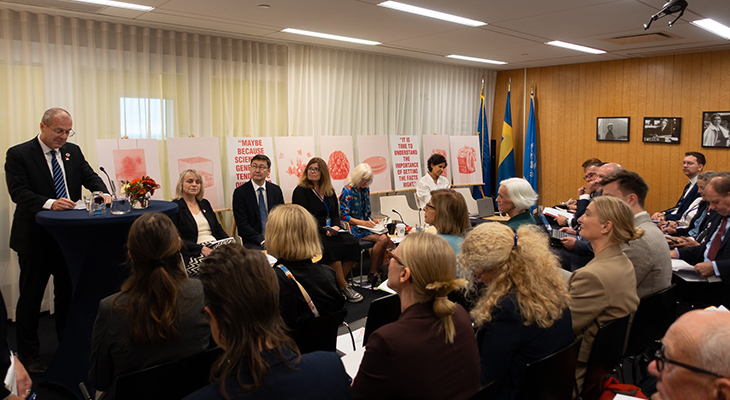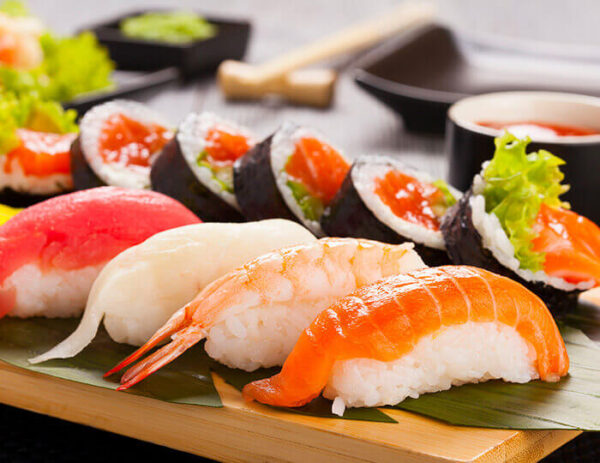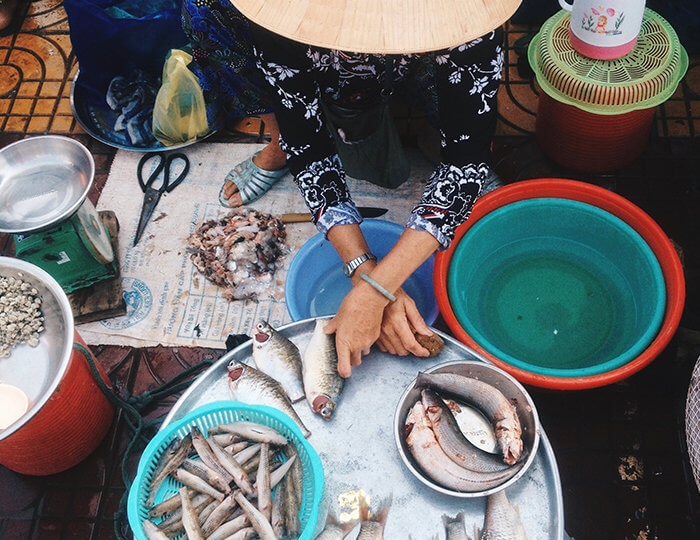NEWS • 2024-10-10
Art-science exhibition highlighting Antibiotic resistance shown in the UN
The exhibition “Are we there yet” where design students interpret science, was shown in connection with the UN General Assembly High-Level Meeting on antimicrobial resistance 26 September in New York. The diverse and creative art works formed a backdrop to and emphasised important messages and discussions on two side-events.

Breakfast meeting in the UN building in New York 24 September.
Antibiotic resistance is now one of the biggest threats to global health, with resistant bacteria already causing over 1.27 million deaths annually. Antibiotics are essential to modern medicine, and resistance not only makes it harder to treat common infections, but also jeopardises major medical advances like surgeries and cancer treatments.
Science and visual communication joining forces
The exhibition, a collaboration between the Beijer Institute, Beckmans College of Design, and design firm Svenskt Tenn, was showcased at a breakfast meeting titled “Fostering Cross-Country Solidarity to Address Antimicrobial Resistance in the WHO European Region and Beyond.” The event was organised by Sweden’s Permanent Mission to the UN in New York, along with the Swedish Public Health Agency and the World Health Organization (WHO). Held at the UN building on September 24, the meeting was opened by Swedish Health Minister Acko Ankarberg Johansson and included presentations from European ministers and high-level representatives attending the UN General Assembly.
Special posters featuring the artworks and texts from the original exhibition, first displayed in Stockholm in 2023, were created for the event. The exhibition was introduced by Sophia Wood, a lecturer at Beckmans College of Design, who said:
“In the ‘Are We There Yet?’ project, research and visual communication combine to deliver an urgent message about the threat of antibiotic resistance to global health. It’s incredibly exciting to present our work in connection with this high-level meeting on the topic.”
Later that day, the exhibition was displayed at a side event organized by ReAct, an international independent network focused on driving global action on antibiotic resistance. The event aimed to highlight the disproportionate impact of AMR on vulnerable populations with weak health systems. It emphasized that the involvement of communities and civil society organizations should be fully recognized and prioritized as a key part of any effective global plan to address AMR.
Concerns over high-level declaration
The high-level meeting ended by the adoption of a political declaration including almost 50 global and national undertakings in efforts to counter AMR, including reducing the global number of deaths associated with AMR by 19 per cent by 2030.
Beijer Institute scientist Max Troell, who contributed scientific input to the artistic project, commented on the outcome:
“Everyone agrees on the seriousness of the AMR crisis, but many were disappointed by the final declaration, as it lacked the ambitious preventative measures they had hoped for.”
Currently, Max Troell and colleague Patrik Henriksson are working on AMR-related issues through SeaBOS, a unique global collaboration between scientists and major actors in the seafood industry. Their goal is to help companies lead a transformation that greatly reduces antibiotic use and phases out the most critical antibiotics.
See online version of original exhibition Are we there yet?
NEWS



